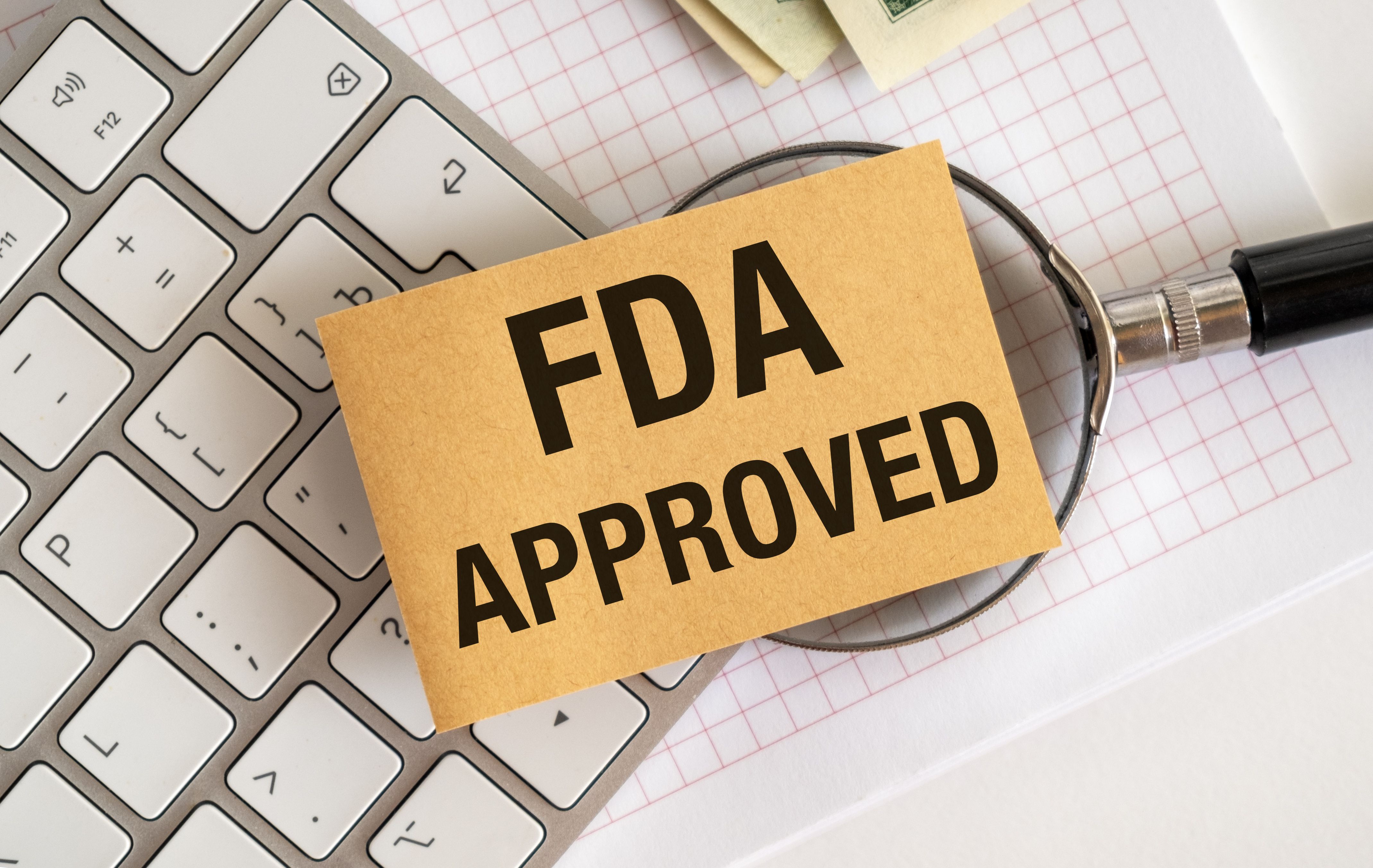Article
Obesity Therapy Saxenda Gets Cardiovascular Safety Indication
Author(s):
The label change includes data from the LEADER trial, which showed that the same active ingredient, liraglutide, reduced major cardiovascular events when given at a lower dose.
Obesity treatments have not caught fire the way some predicted in 2013, when the American Medical Association declared the condition a disease. Stigma—even among physicians—and limited understanding of the physiological effects of obesity have kept treatments from reaching all the patients who might benefit. In some cases, lack of payer coverage is the barrier.
Timothy Garvey, MD, a professor in the Department of Nutrition Sciences at the University of Alabama at Birmingham, believes one barrier could be removed with FDA’s recent step to grant a cardiovascular safety indication to Saxenda, the 3-mg dose of liraglutide approved to treat obesity. Garvey, the lead author on the 2016 clinical practice guidelines for treating obesity from the American Association of Clinical Endocrinologists and the American College of Endocrinology, said that after fenfluramine/phentermin, known as “fen-phen,” was shown to cause heart valve problems in the 1990s, many primary care physicians have been wary of all obesity medications.
“It’s persisted. A lot of clinicians have this feeling that obesity medications may not be safe,” Garvey said in an interview with The American Journal of Managed Care®. By adding the cardiovascular safety data to the Saxenda label, “this addresses that head on. It should give clinicians confidence that there is some safety assurance.”
The label now includes clinical data from the LEADER trial, which found that the 1.8-mg dose of liraglutide did not increase the risk of major cardiovascular events, including heart attacks, strokes, and cardiovascular death. The lower dose is sold as Victoza and is approved to treat type 2 diabetes (both are sold by Novo Nordisk). Liraglutide is a glucagon-like peptide-1 (GLP-1) receptor agonist, given by injection.
LEADER was among the cardiovascular outcomes trials required by FDA to demonstrate safety in a new cardiometabolic therapy. While the new indication for Saxenda states only that the treatment is safe, LEADER also led to an indication for Victoza that the therapy reduces the risk of cardiovascular events. The first such indication came in 2016, when the sodium glucose co-transporter 2 (SGLT2) inhibitor empagliflozin (Jardiance, Boehringer Ingelheim/Eli Lilly) received an indication for cardiovascular benefit based on the EMPA-REG OUTCOME trial. And this week, FDA granted canagliflozin (Invokana, Janssen) an indication that the SGLT2 inhibitor reduces the risk of cardiovascular events, based on results of the CANVAS trial.
Beyond clinicians, Garvey said payers should be convinced to treat obesity rather than wait for its complications to appear. “We’re all paying for obesity,” he said. That includes payers, “whether they know it or not.” Obesity leads to long-term health problems; there is debate whether obesity is a direct cardiovascular risk factor or whether it leads to other conditions that raise cardiovascular risk.
“It really doesn’t matter,” Garvey said. Losing weight, he said, “is going to improve cardiovascular risk and address these risk factors one way or the other.” When patients with obesity lose weight, blood sugar is lowered, lipids are improved, and mobility is increased.
Obesity rates are rising in the United States, and there is a strong correlation between states with high obesity rates and high rates of diabetes. Adult obesity rates were at or above 35% in 7 states and at least 30% in 29 states in 2017. Even in Colorado, the state with the lowest obesity rates, 22.6% of adults are obese. Obesity is rising among youth aged 13 to 17 years, and last year, CDC reported that rates of lower limb amputations had been soaring since 2010, in part due to an aging, sicker population.
It’s a big healthcare issue in Alabama, where Garvey practices, where obesity rates are especially high among minority groups. While payers may not want to give therapy to everyone, it’s crucial to identify those with the great risk factors and give them the most aggressive intervention.
He does see some improvement in payer coverage for obesity care, which is essential for patients to gain access to therapy. “If there’s not coverage, there’s an access problem,” he said. It’s shortsighted for payers or others in the healthcare system to not address obesity head on, Garvey said, citing a brand-new Milken Institute report that found the cost of excess weight to the economy has reached $1.7 trillion, or 9.3% of the nation’s gross domestic product. That includes $480.7 billion in direct healthcare costs and $1.24 trillion in lost productivity.
Whether the challenge with directing resources toward obesity stems from institutional bias or naïvete, Garvey said “This is a chronic disease that we need to address with a medical model or we’re going to pay increasing burdens that are not going to be sustainable.”
Newsletter
Stay ahead of policy, cost, and value—subscribe to AJMC for expert insights at the intersection of clinical care and health economics.





